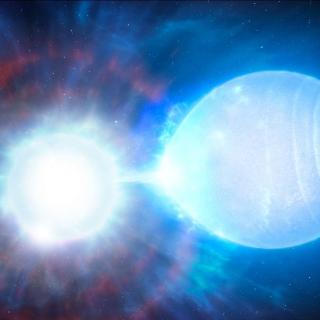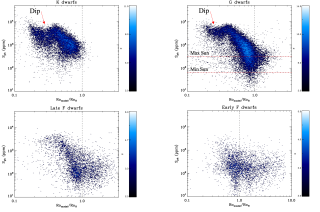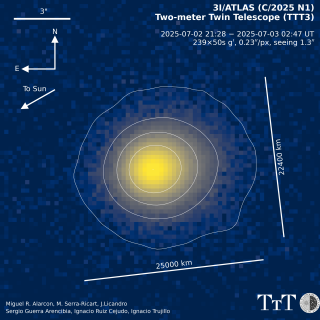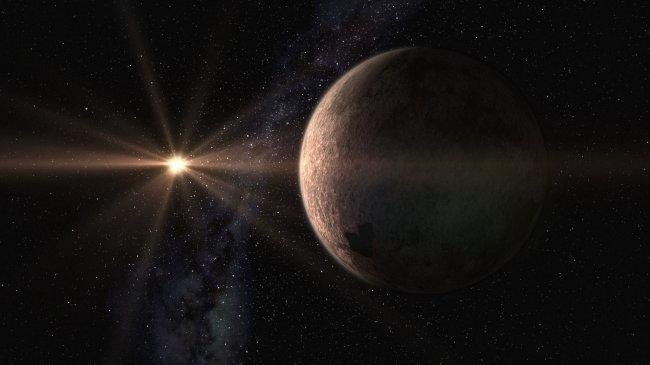It may interest you
-
 A study published today in Nature Astronomy , in which a researcher from the IAC has participated, outlines the discovery of an extremely rare type of binary system composed of two high mass white dwarfs. The two stars are so close together that they will eventually collide resulting in a supernova explosion which, due to its proximity to the Earth, will appear ten times brighter than the Moon. Type 1a supernovae are a class of cosmic explosion often used as "standard candles" to measure the expansion of the Universe. They occur when a white dwarf exceeds the Chandrasekhar mass - the limitAdvertised on
A study published today in Nature Astronomy , in which a researcher from the IAC has participated, outlines the discovery of an extremely rare type of binary system composed of two high mass white dwarfs. The two stars are so close together that they will eventually collide resulting in a supernova explosion which, due to its proximity to the Earth, will appear ten times brighter than the Moon. Type 1a supernovae are a class of cosmic explosion often used as "standard candles" to measure the expansion of the Universe. They occur when a white dwarf exceeds the Chandrasekhar mass - the limitAdvertised on -
 It’s been decades since the need to study other stars to understand the past, present and future of the Sun was realized. One important aspect that has been investigated is the magnetic activity of stars for which we cannot fully grasp the mechanisms involved. Indeed, the origin of stellar magnetic cycles or the dependence of the magnetic activity on the stellar properties are not completely understood. This knowledge improves not only our understanding of the physics involved in stellar evolution but also affects the study of the Sun to better predict high-energy events and the betterAdvertised on
It’s been decades since the need to study other stars to understand the past, present and future of the Sun was realized. One important aspect that has been investigated is the magnetic activity of stars for which we cannot fully grasp the mechanisms involved. Indeed, the origin of stellar magnetic cycles or the dependence of the magnetic activity on the stellar properties are not completely understood. This knowledge improves not only our understanding of the physics involved in stellar evolution but also affects the study of the Sun to better predict high-energy events and the betterAdvertised on -
 The Instituto de Astrofísica de Canarias (IAC) is actively participating in the observation of object 3I/ATLAS (C/2025 N1 ATLAS), initially included as A11pl3Z in the confirmed list of Near-Earth Objects (NEOs) of the International Astronomical Union's Minor Planet Centre (IAU/MPC). The object, which has been shown to be the third interstellar object detected in our solar system, was discovered by one of the telescopes in the ATLAS network for the detection and early warning of asteroids on an Earth-impact trajectory. The IAC is part of this network with its new telescope structure, ATLASAdvertised on
The Instituto de Astrofísica de Canarias (IAC) is actively participating in the observation of object 3I/ATLAS (C/2025 N1 ATLAS), initially included as A11pl3Z in the confirmed list of Near-Earth Objects (NEOs) of the International Astronomical Union's Minor Planet Centre (IAU/MPC). The object, which has been shown to be the third interstellar object detected in our solar system, was discovered by one of the telescopes in the ATLAS network for the detection and early warning of asteroids on an Earth-impact trajectory. The IAC is part of this network with its new telescope structure, ATLASAdvertised on

